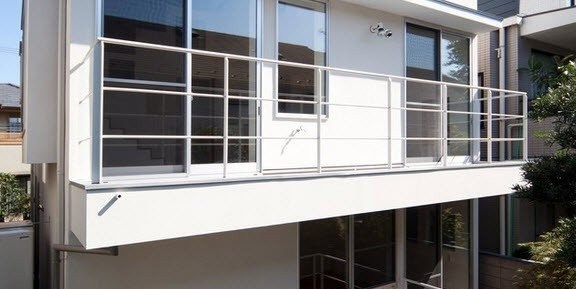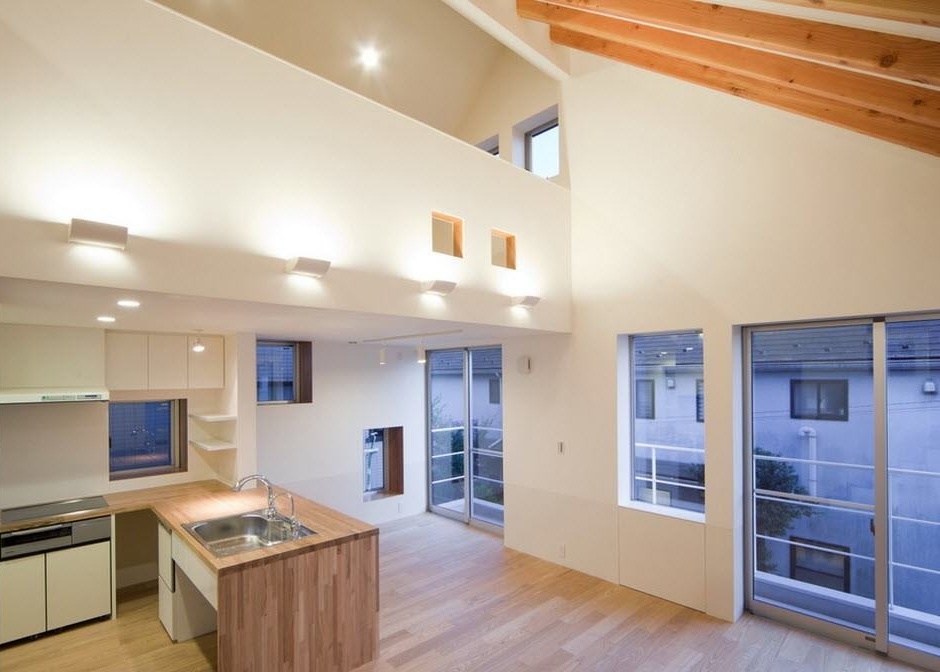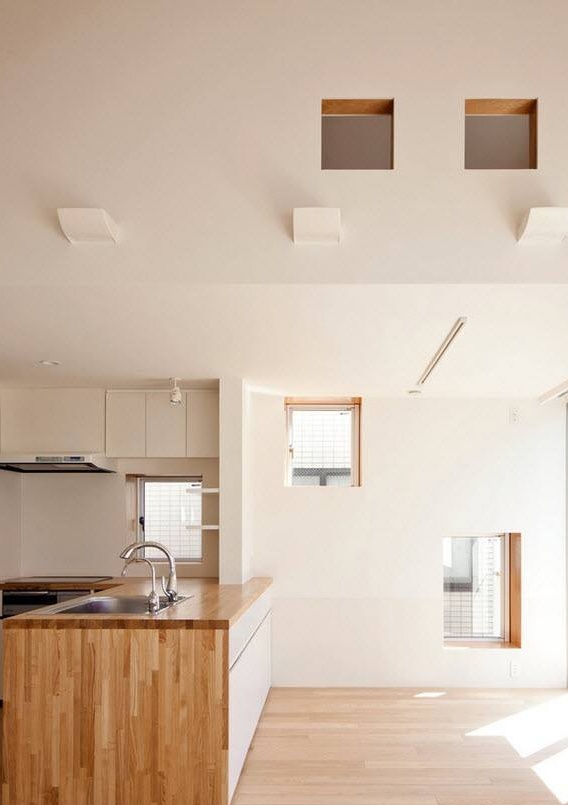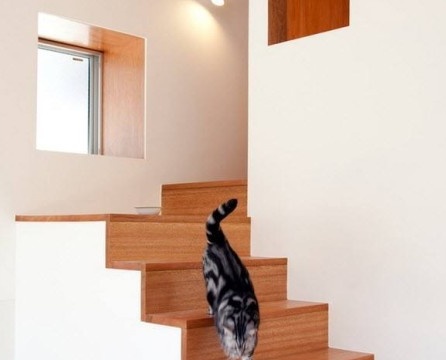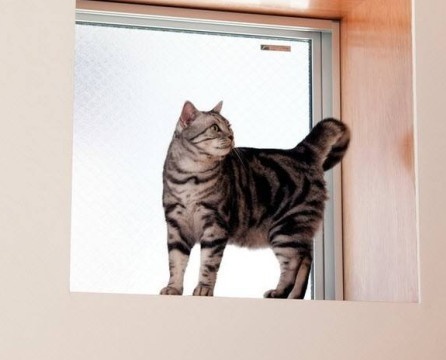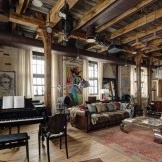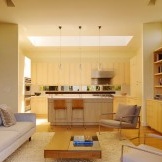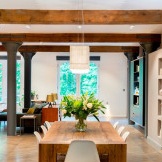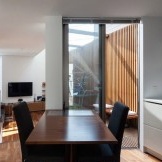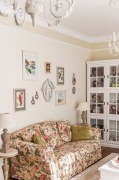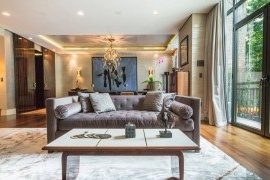Minimalism japanese house
Minimalism as a stylistic trend in the interior, appeared in the middle of the last century and was a kind of opposition to the modern style. Gradually, luxury and some romanticism in the design of the rooms was replaced by strict functionality, crowding out the decor and excesses. Clear geometric shapes and volumes, simplicity and conciseness became the cornerstone. The minimalist interior is practical and functional, but not without convenience and comfort. Perhaps the most striking manifestation of minimalism was Japanese interiors, which even today can serve as the standard of style of “comfortable asceticism”.
We will follow the interior of a Japanese private house, the design of which is made in a minimalist manner, using modern eco-materials in a pronounced geometric presentation. Having a quick look at the exterior of the building, you can make some opinion about the interior of the premises. Strictness, simplicity, conciseness and functionality - above all.
If we talk about exaggerated minimalist style, then it is characterized by functional large spaces, large rooms with a minimum of furniture and almost no decor, neutral finish, usually in bright colors and using materials that are safe for humans and the environment.
Perhaps there is no longer such a style in architecture and interior that would be so attentive to geometry, to the clarity of lines and shapes.
As a rule, applying the minimalism style in the design of premises, they are not divided into rooms, they use conditional zoning in the form of furniture or using various shades of textiles, a lighting system, less often by means of carpets and screens. Minimalism gravitates towards spacious rooms with large windows, glass doors and even walls.
White color can be called key in the design of rooms with a minimalist interior. The ceiling and walls, as a rule, are painted in light colors or pasted over with plain-colored wallpaper of one of the shades of white. As for the flooring, it is most often made of light wood. The same materials can be used to furnish strict and clear forms.
The tree in combination with a snow-white finish not only looks great, but also brings the warmth of natural materials to the interior, creates some dynamism and contrast, not to mention the environmental friendliness of natural materials.
Minimalist style is not suitable for fans to collect, collect various objects of art, antiques and other decorative elements. But homeowners, for whom cleanliness and order above all else - it can be an ideal option for organizing space. A kitchen in the style of minimalism is always a functional set on a pedestal. Only the most necessary work surfaces, hidden storage systems (kitchen cabinet doors often without handles, on closers), modern household appliances that seamlessly integrate into strict lines of furniture sets.
The maximum decoration that can be found in a minimalist kitchen is the brilliance of stainless steel elements of household appliances or sinks. There are no open shelves and shelves with utensils on display, even tacks you will not see in such an interior; they are hidden in one of the many “invisible” storage system drawers.
In a minimalist style, you will not find engineering systems on display, as is the case in the loft style, which also gravitates to large spaces with huge windows. Everything here is securely hidden, sewn up and hidden from view.
If in a minimalist room there are large windows, then blinds or roller blinds are most often used to protect from sunlight, occasionally a plain tulle acts as a decor.Small windows, as a rule, are not decorated at all.

